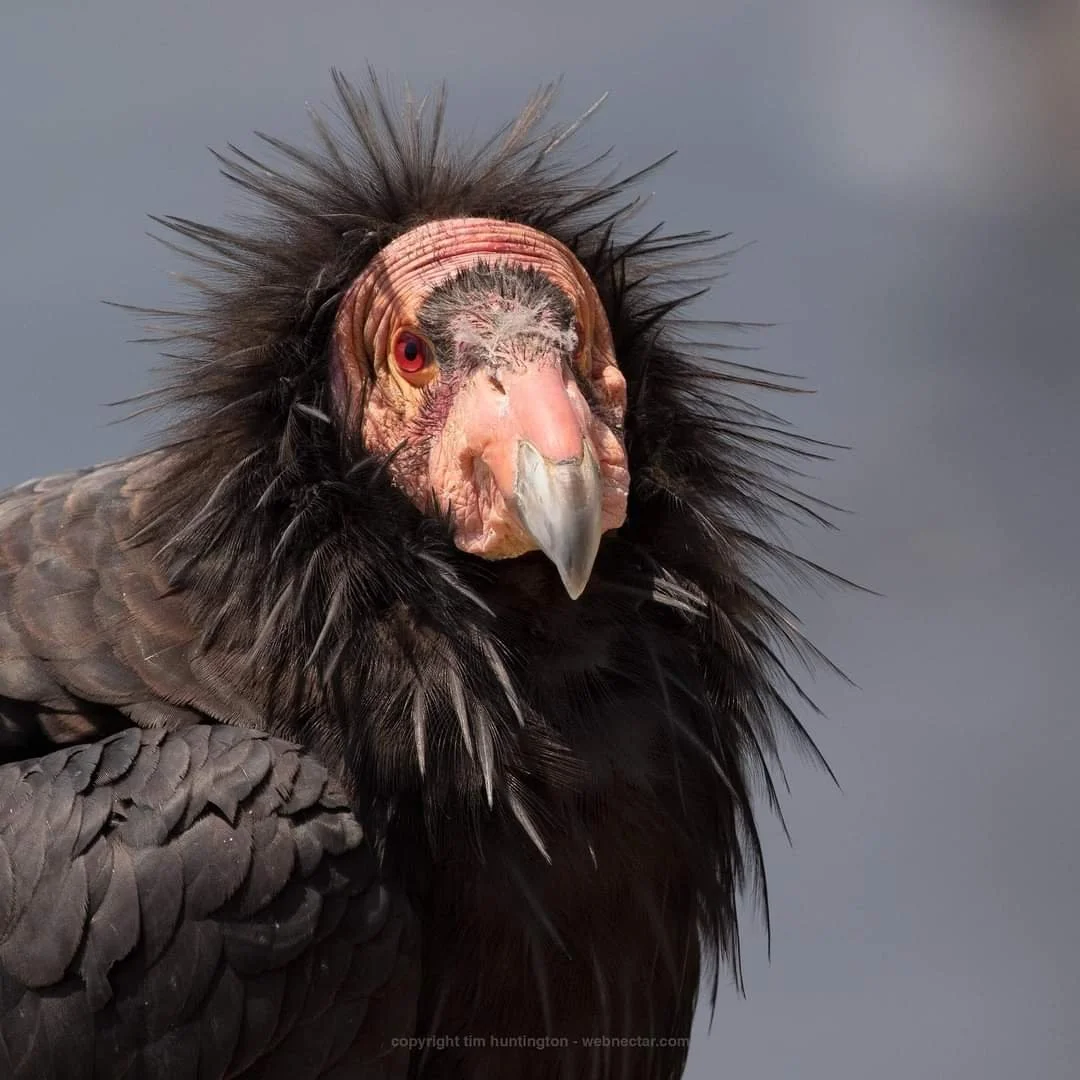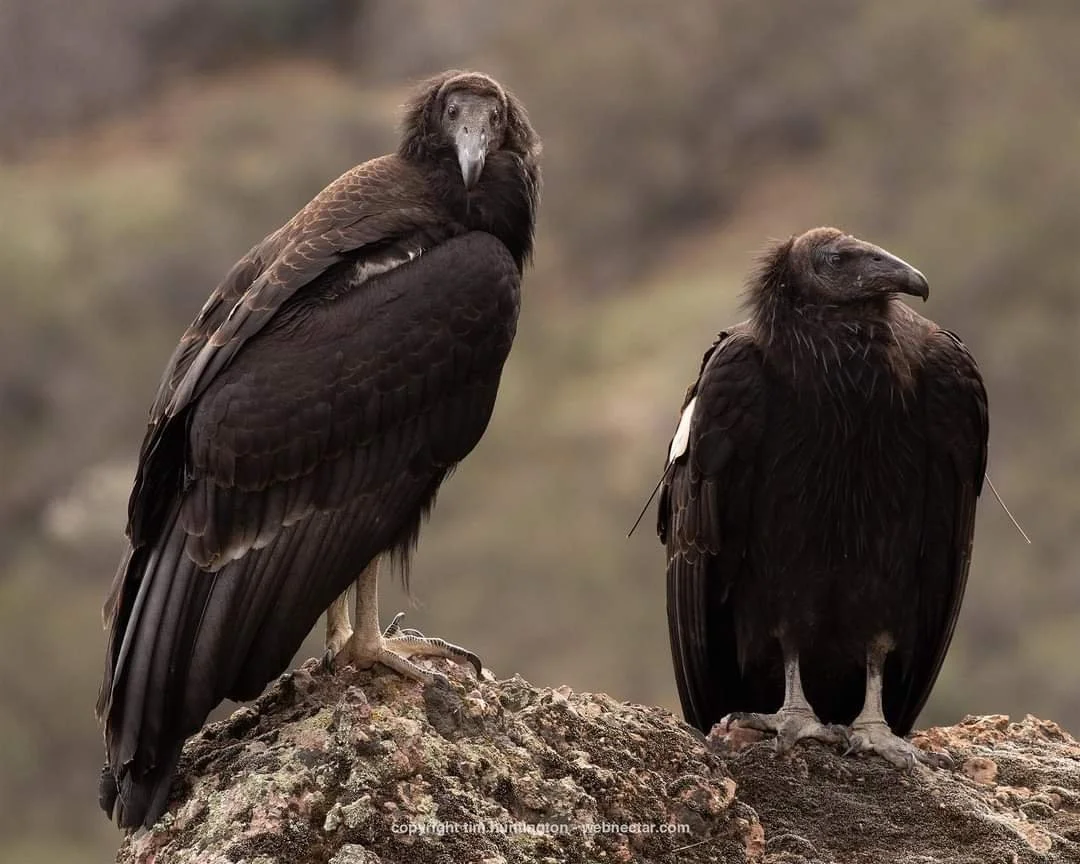
Qúˀnes Restoration
Working to restore California condor to Hells Canyon and the Nez Perce homeland.
Historical accounts of California condors (Gymnogyps californianus, condor) in the Hells Canyon region are sparse but credible. The paucity of early reports should not be surprising considering the canyons of the Snake and Salmon Rivers are some of the most remote, rugged landscapes in North America. The Nez Perce (Nimiipuu) people, however, have inhabited the Clearwater, Snake and Salmon River canyons since time immemorial, and condors (qúˀnes) can be found in our language, oral traditions, and creation stories. Local tribal place names also clearly indicate condors are a part of the Nimiipuu's traditional ecological knowledge.
Modern tribal accounts suggest that condors were extirpated from the Nez Perce homeland relatively early with the last condor likely being killed in the 1860's near Lenore on the lower Clearwater River (Carter, 1954 as cited by Ray, n.d.). All accounts indicate that Idaho condors quickly succumbed to the invasion of their habitat by expanding human populations near the turn of the last century.
In 2016 the Nez Perce Tribe in collaboration with the US Fish and Wildlife Service began an initiative “Condors in Hells Canyon” to evaluate the restoration of qúˀnes to their historical range within the Hells Canyon Ecoregion. Considering that California condors remain one of the most critically endangered species in the world, and represent an "umbrella species" for other imperiled wildlife, efforts to restore them are vitally important to the restoration, protection, and function of the ecosystems where they belong. Returning qúˀnes to the Nimiipuu homeland would also represent a spiritual and cultural renewal for our people and provide another safeguard for continued existence of qúˀnes into a future increasingly impacted by extreme weather events.
Our recently completed habitat assessment (2019) confirmed that the Hells Canyon ecosystem contains abundant food resources, excellent geography for soaring raptors, a relatively sparse human population, and few developments that might pose a risk to successful establishment of condors. Hells Canyon has the added benefit of a growing anadromous fish and wolf population which can provide clean, year-round food for condors. Given their continued precarious status it is prudent to exhaust all opportunities to restore additional viable populations of condors throughout the historic range of the species.
Click here for a Native America Calling podcast featuring Dr. Angela Sondenaa discussing tribal efforts to recover California condor within traditional homelands.
Phase II of the Condors in Hells Canyon project officially started in January 2021. The goal of this current phase is to refine the habitat component analysis, identifying suitable release sites, building partnership support, and developing a condor management plan for the area. We hope to have a management plan completed by December 2023.
Project objectives:
Refine condor habitat analysis with particular emphasis on weather and wind patterns
Fully assess threats from wind energy farms and develop potential mitigation measures
Identify up to 3 potential future release sites based on local habitat features, seclusion, access, and land ownership
Form a steering committee and conduct outreach to wildlife agencies, conservation groups, other tribes, landowners, and local industry groups to build support for condor reintroduction
Draft a condor management plan in consultation with area partners


